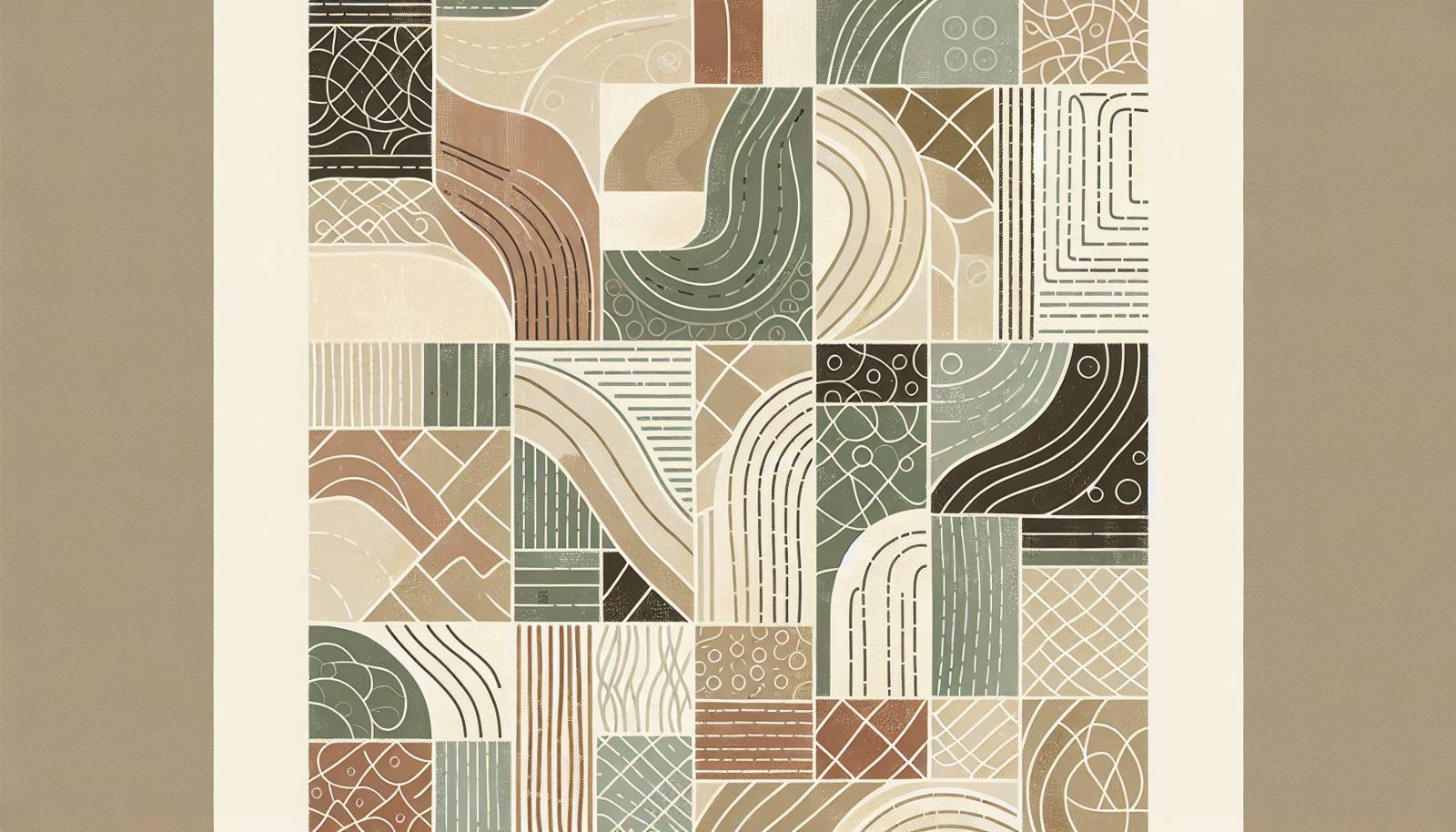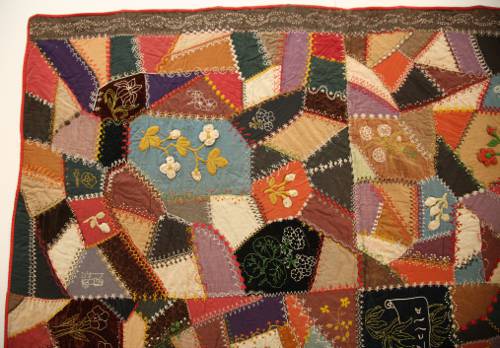
FAQ About The Cultural Influence of Traditional Story Quilts in Heritage Preservation

What are story quilts?
Story quilts are textiles that integrate visual storytelling elements with quilt-making. They often depict narratives, commemorate events, and reflect cultural or personal stories through patterns, symbols, and imagery sewn into the fabric. These quilts serve as artistic expressions and are a valuable medium for preserving and conveying cultural heritage.

How do story quilts contribute to cultural heritage preservation?
Story quilts preserve cultural heritage by embodying the traditions, stories, and histories unique to specific communities. Each quilt often captures significant historical events, personal family narratives, or social and cultural themes, which are then passed down through generations. This practice helps maintain cultural identity and educates future generations about their heritage.

Who are some notable story quilt artists?
Notable story quilt artists include Faith Ringgold, known for her narrative quilts that address themes of race, gender, and American history, and Harriet Powers, a 19th-century African American quilter whose work depicted biblical stories and folklore. Both artists use quilt-making as a form of storytelling and cultural commentary.

What materials are typically used in making story quilts?
Story quilts are generally made using various fabrics, threads, and batting materials. Fabrics can include cotton, silk, or wool, chosen for their durability and texture. Quilters often use diverse techniques like appliqué, embroidery, and patchwork to create intricate designs and narratives.

How do story quilts differ from regular quilts?
While regular quilts primarily serve functional purposes like providing warmth, story quilts are created to convey specific narratives or themes. The distinction lies in the intentional depiction of stories, often with symbolic imagery and motifs that represent cultural or personal significance.

What themes are commonly found in story quilts?
Common themes in story quilts include historical events, cultural traditions, family stories, and social justice issues. Quilters use these themes to reflect on community values, personal experiences, and broader societal issues, offering a narrative through visual art.

Can story quilts be used for educational purposes?
Yes, story quilts are valuable educational tools. They can be used in schools and museums to teach history, art, and cultural studies. By analyzing the imagery and narratives within the quilts, students and audiences can gain insights into the cultural and historical contexts from which these stories emerge.

What techniques are used to make story quilts?
Techniques used in making story quilts include appliqué, where fabric pieces are sewn onto a quilt’s surface to create pictures or patterns; embroidery for adding detailed design elements; and patchwork, combining various fabric pieces with different colors and textures.

How do story quilts serve as a means of storytelling?
Story quilts serve as storytelling mediums by using symbolic images and fabrics to narrate stories reflective of the quilter’s cultural or personal identity. Each element of a story quilt can represent parts of a narrative, creating a visual story that is both artistic and educational.

What is the historical significance of story quilts?
Historically, story quilts have been a way for marginalized communities, such as African American or Native American groups, to document their oral histories and personal narratives in a permanent and expressive form. They offer insights into community histories and social changes over time.

Why are story quilts important in African American culture?
In African American culture, story quilts have played a crucial role in documenting and preserving histories and traditions that were often neglected or suppressed. Quilts like those by Harriet Powers serve as historical records and have helped maintain cultural identity and continuity.

How do story quilts impact modern quilting practices?
Story quilts have significantly influenced modern quilting by inspiring contemporary quilters to use quilts as a means of expression and commentary. They have encouraged the blending of traditional techniques with innovative storytelling, thereby broadening the scope and purpose of quilting today.

Are there any museums dedicated to story quilts?
Yes, several museums feature story quilts in their exhibits, such as the National Museum of African American History and Culture in Washington, D.C., and the International Quilt Museum in Nebraska. These institutions showcase the cultural and historical significance of quilts and encourage appreciation of this unique art form.

What role do story quilts play in community building?
Story quilts play a critical role in community building by bringing people together through shared stories and collaborative quilting projects. These projects often serve as communal activities that foster relationships and cohesion within communities, and they help preserve collective histories and identities.

How are narrative elements incorporated into story quilts?
Narrative elements in story quilts are incorporated through thematic imagery, symbolic motifs, and color choices that align with the story being told. Quilters carefully select fabrics and design components to visually communicate specific narratives, allowing viewers to interpret and engage with the stories.

What influence do story quilts have in contemporary art?
Story quilts have influenced contemporary art by expanding the understanding of narrative art beyond traditional media. Artists today often draw inspiration from story quilts to explore new forms of storytelling, address social and political issues, and challenge cultural norms within the art world.

Can story quilts be considered historical documents?
Yes, story quilts can be considered historical documents as they capture personal and communal histories in a tangible, artistic form. They preserve narratives that may not be documented elsewhere, providing unique insights into the cultural contexts of the quilters and their communities.

How do story quilts reflect social and political themes?
Story quilts reflect social and political themes by incorporating imagery and symbols that comment on issues such as civil rights, equality, and justice. Artists like Faith Ringgold have used story quilts to address societal issues and express political viewpoints, making them powerful tools for social commentary.

What is the significance of symbols in story quilts?
Symbols in story quilts play a crucial role in conveying deeper meanings and narratives. They can represent cultural beliefs, historical events, or personal stories, allowing the quilt to communicate complex ideas and emotions within a visually engaging framework.

Are there quilting communities focused solely on story quilts?
Yes, there are quilting communities and groups devoted to creating and appreciating story quilts. These groups often gather to share techniques, narratives, and cultural histories, fostering a community centered around the preservation and celebration of storytelling through quilting.
